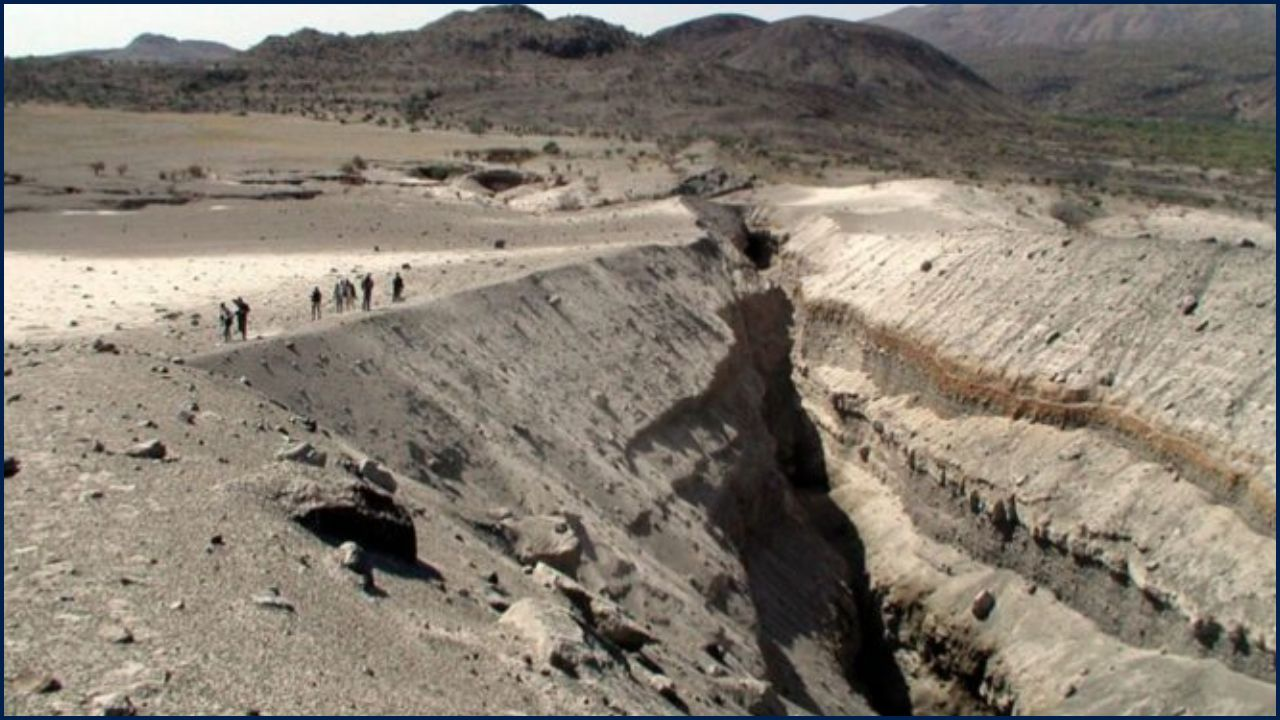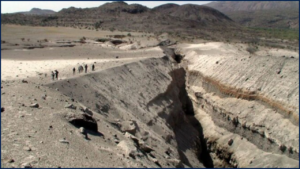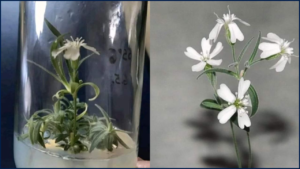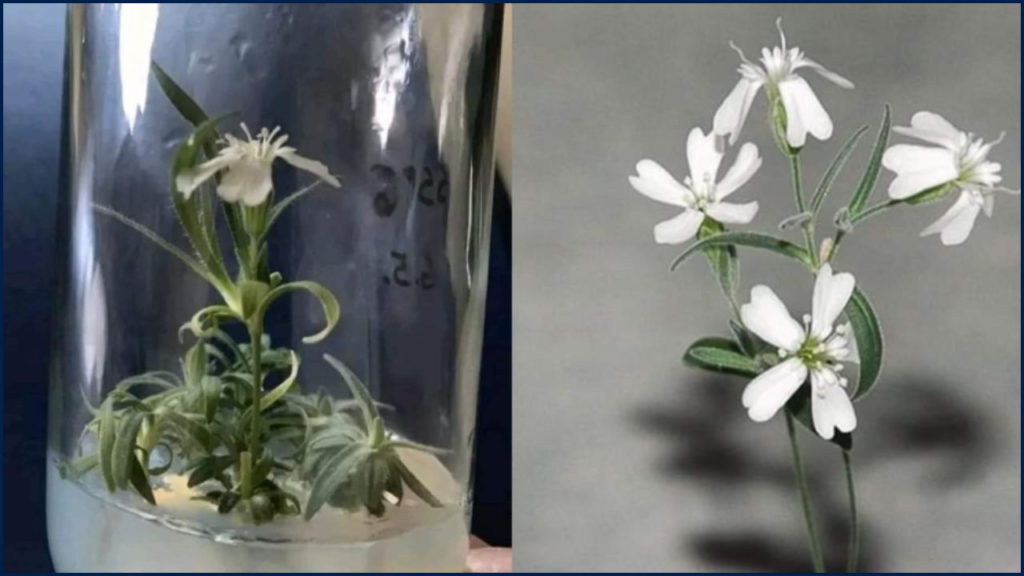
In a remarkable scientific achievement, researchers have revived Silene stenophylla, a plant species that had been extinct for 32,000 years, using seeds discovered in Siberian permafrost. This groundbreaking revival marks a significant step in understanding ancient ecosystems and exploring new techniques for plant conservation.
Table of Contents
Scientists Revive 32000-Year-Old Extinct Plant From Seeds
| Key Fact | Detail/Statistic |
|---|---|
| Plant’s Age | 32,000 years |
| Location of Discovery | Siberian permafrost, Kolyma River region |
| Total Plants Revived | 36 fertile plants |
| Seed Revival Success Rate | 100% germination from revived plants |
The successful revival of Silene stenophylla from ancient seeds found in Siberian permafrost represents a major scientific achievement. This discovery not only sheds light on the possibilities of reviving extinct species but also emphasizes the importance of preserving genetic material from the past to ensure the health of ecosystems in the future. As researchers continue to study ancient seeds, this breakthrough could provide valuable insights into plant adaptation, conservation strategies, and the future of biodiversity.
Reviving Ancient Life: The Discovery of Silene stenophylla
In 2012, a team of scientists led by researchers from Russia unearthed ancient plant seeds from a site near the Kolyma River in northeastern Siberia. The seeds were buried deep in the permafrost, where they had been preserved for thousands of years in ground squirrel hibernation burrows. These seeds were dated to approximately 31,800 years old, falling within the Pleistocene epoch.
The Silene stenophylla plant, once abundant during the last Ice Age, had long been considered extinct. However, after carefully extracting the seeds from the permafrost and conducting several attempts to germinate them, the researchers were able to successfully revive the species using a technique known as tissue culture.
The Revival Process: A Groundbreaking Achievement
Initially, attempts to germinate mature seeds were unsuccessful. However, by focusing on immature seeds, the team was able to extract placental tissue and use advanced cloning methods to grow viable plants. In total, 36 plants were successfully revived, all of which produced seeds that were capable of germinating with a 100% success rate. This surpassed the germination success rate of modern-day Silene stenophylla plants, which typically has a 90% success rate.
The revival of these plants offers an extraordinary glimpse into life from an era that predates human agriculture. Scientists have noted subtle differences between the ancient and modern plants, such as longer, more widely spaced petals. These changes may provide insights into the environmental factors that influenced the plant’s evolution.
The Techniques Behind the Revival
The scientists employed several cutting-edge techniques to regenerate the ancient plant. First, they identified seeds that were still viable despite being buried for millennia. Unlike other species, Silene stenophylla seeds are particularly resilient to long-term preservation in extreme conditions.
Once viable seeds were selected, the researchers extracted tissue from the seeds, which had not yet matured. Using tissue culture, they cultivated the plant in a controlled laboratory environment. This method, known as cloning, allowed the scientists to bypass traditional seed germination processes, offering a pathway for reintroducing an extinct plant species.
The success of this method speaks to the remarkable potential of genetic conservation. While similar techniques have been employed to clone animals (such as the famous case of Dolly the sheep), using tissue culture to revive plants from ancient seeds is a pioneering achievement.
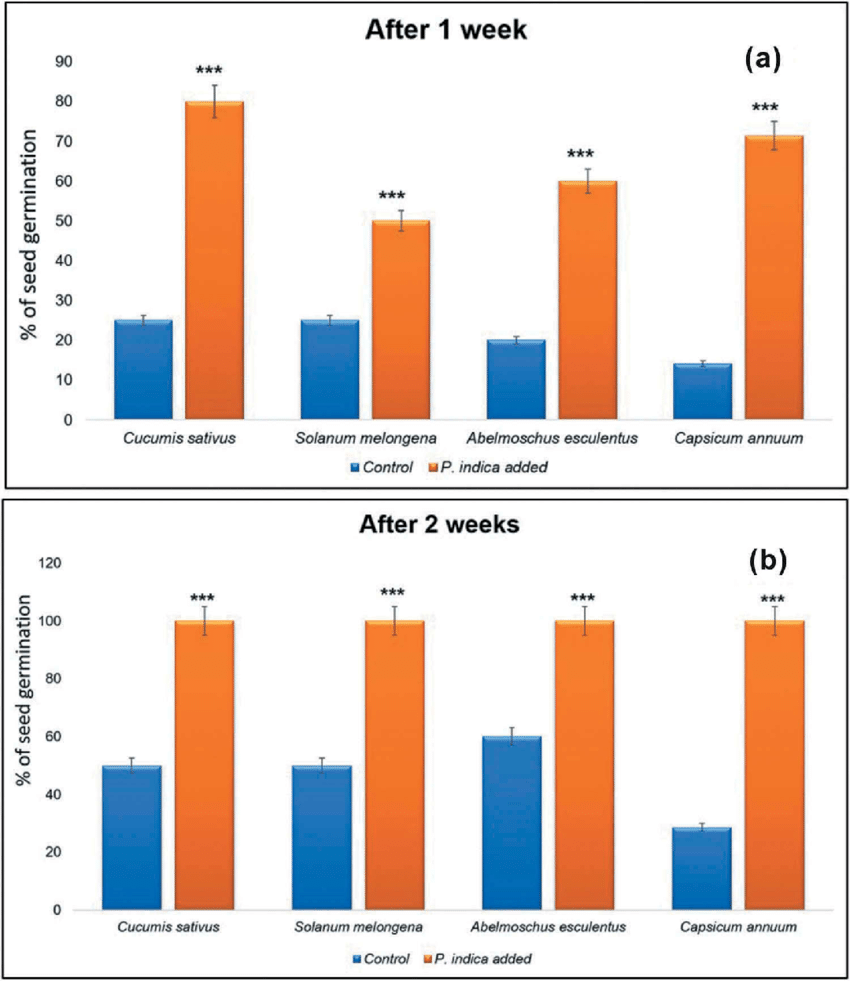
Environmental Impact: Permafrost Thaw and Climate Change
This discovery is also significant in the context of climate change. As the planet warms, permafrost – the frozen ground that covers about a quarter of the Earth’s land area – is beginning to thaw. This thawing could release ancient seeds, microbes, and other forms of biological material that have been preserved for tens of thousands of years.
The revival of Silene stenophylla highlights the increasing opportunities to explore ancient genetic material that may offer solutions to modern environmental challenges. These materials, once thought lost, could provide insights into how plants adapted to ancient climates and offer valuable lessons for current efforts to combat biodiversity loss.
However, scientists also warn that thawing permafrost could lead to the release of harmful pathogens. While this is still a subject of debate, the potential for ancient microorganisms to interact with modern ecosystems could pose new risks to both human health and biodiversity. Thus, the process of studying and extracting ancient biological material must be approached with caution.
Ethical Considerations: The Controversy of De-Extinction
The revival of an extinct species raises several ethical questions. While the process itself offers incredible scientific potential, there is an ongoing debate about the ecological implications of resurrecting species that no longer have a natural habitat or role in the ecosystem.
Dr. David P. Martin, a bioethicist at the University of Chicago, argues that while the revival of species like Silene stenophylla could be a major scientific breakthrough, it could also disrupt modern ecosystems if not carefully managed. “If we bring back a species without a viable habitat, we could be risking unintended consequences,” Dr. Martin explains. “Reintroducing extinct species could strain existing resources, and there’s a chance that the revived species could displace others, causing harm.”
Moreover, the potential to revive animals or plants with ecological niches that no longer exist could create an imbalance. This highlights the importance of establishing clear ethical guidelines when pursuing genetic conservation or de-extinction efforts.
Future Applications of the Discovery
The successful revival of Silene stenophylla could be just the beginning. Experts believe this breakthrough has the potential to revolutionize the way we approach both conservation and agriculture. By extracting genetic material from ancient plants, scientists may be able to unlock new ways to develop crops that are more resistant to climate change, pests, and diseases.
One of the most promising applications of this research is in the field of biodiversity conservation. As more species face extinction due to habitat loss, pollution, and climate change, techniques like tissue culture could provide a pathway for restoring lost biodiversity. The ability to regenerate ancient plants from long-extinct species also opens the door to understanding how plants adapted to past climates, potentially offering insights into how species might adapt to current climate challenges.
Additionally, the genetic techniques used in this study could lead to advancements in other fields, such as medicine and biotechnology. By studying the ancient genetic material preserved in seeds, scientists may be able to uncover novel genes that could be useful for pharmaceutical or agricultural purposes.
FAQ About Scientists Revive 32000-Year-Old Extinct Plant From Seeds
Q: How were the seeds of Silene stenophylla preserved for 32,000 years?
A: The seeds were preserved in Siberian permafrost within the burrows of ground squirrels. The cold, stable conditions of the permafrost helped prevent the seeds from deteriorating.
Q: Can other extinct plants be revived using this technique?
A: While the process is still in its early stages, scientists are optimistic that other extinct or endangered plants may be revived using similar methods. Research is ongoing.
Q: What are the ethical concerns surrounding the revival of extinct species?
A: Some experts argue that reviving extinct species without considering their ecological context could have unintended consequences, such as disrupting modern ecosystems or overloading existing resources. Ethical guidelines are essential to prevent such risks.
Q: How does the thawing of permafrost affect ancient biological materials?
A: As permafrost thaws due to climate change, ancient seeds and microbes are released. While this may offer opportunities for scientific discovery, it also raises concerns about the potential release of harmful pathogens into modern ecosystems.

